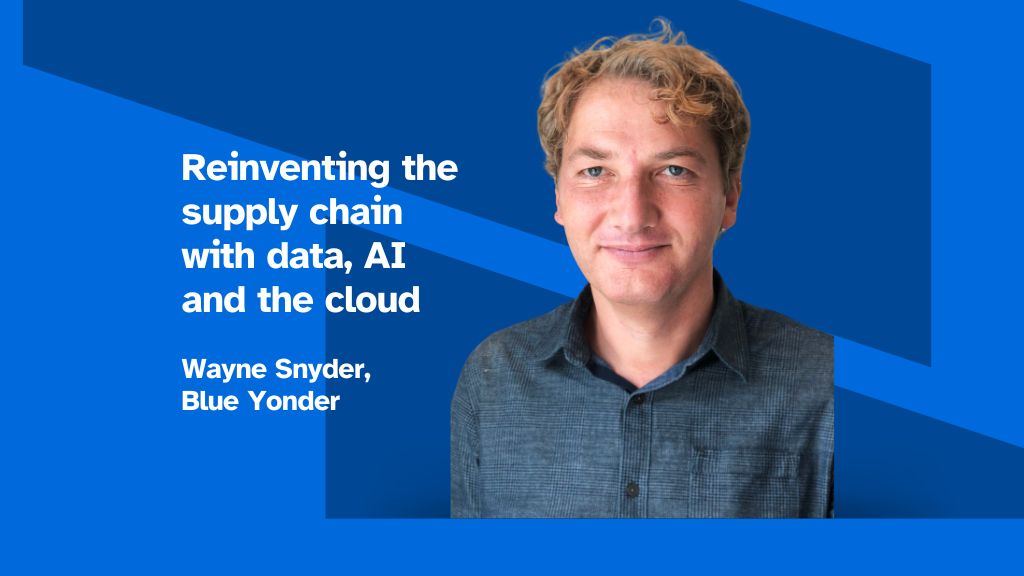by Wayne Snyder, VP Retail Industry Strategy at Blue Yonder
Today’s retailers are striving to digitally transform their supply chains to navigate their many challenges and create a customer-driven supply chain. Everything from leveraging real-time insights to respond faster to demand, capacity or supply changes, through to enhancing the productivity and effectiveness of their warehousing and logistics capabilities.
The AI Revolution
At the heart of this transformation is AI, a truly game-changing technology that is already helping thousands of retailers to forecast accurately, optimise pricing and improve operations. Recent advances in Generative AI have opened many people to its power and its impact on retail is only just beginning. It will enable organisations to look across their whole supply chain to optimise performance in real-time, understand impacts across all functions and respond immediately to disruptions. By modelling thousands of scenarios across a digital twin, companies will be able to meet their business objectives in the most optimal manner.
By synchronising and orchestrating this data, adaptive decision-making and enhanced collaboration becomes an achievable reality across the extended end-to-end supply chain. To achieve all this and more, retailers need a strategy to unify and enhance their data. No easy task when their supply chains feature multiple disparate systems and point solutions that do not talk to one another.
The good news is that today’s unified and intelligent cloud data platforms are making it possible for retailers to connect, automate and orchestrate their end-to-end supply chain ecosystems – including logistics, inventory management, warehousing.
It is a transformational change that enables retailers to initiate truly intelligent and autonomous supply chains that are infused with predictive and generative AI capabilities.
Unifying and utilising data – moving to a single data cloud platform
Providing a single data platform that streamlines data management and enables faster innovation, today’s cloud powered supply chain solutions bring data together and make it accessible and actionable.
Providing the single-source data infrastructure retailers need to enable real-time orchestration across their planning, execution and commerce functions, retailers no longer have to move data between specific applications such as transportation management, warehouse management or supply chain planning. Instead, applications move to the data. It is a game changing ‘data-as-a-service’ approach that transforms how retailers access and leverage data in real-time.
Delivering true end-to-end supply chain visibility and orchestration, these centralised data platforms enable retailers to rapidly aggregate and ingest real-time data and synchronise this data across workstreams and workflows.
With this data foundation in place, retailers are at last able to bring their planning and execution worlds into a truly unified data model. Something that is essential for empowering stakeholders with access to the real-time data and decision-support they need to respond to dynamic demand changes and pivot around disruptions.
It also opens the door to taking advantage of AI, machine learning, and the latest advances in robotics to become more responsive and proactive.
The data-driven supply chain – unified, intelligent, agile
The challenge of thriving and surviving in today’s dynamic business landscape is compelling retailers to rethink their supply chains for enhanced efficiency and responsiveness.
The supply chain of the future will use AI and other digital technologies to automate execution, connect data-driven decision making across the value chain, and deliver real-time visibility across the entire connected ecosystem.
To build their future supply chain retailers must first implement a unified cloud data platform. With this data foundation in place, retailers will be able to leverage data from across their ecosystems to unlock real-time insights, improve resource utilisation, undertake advanced forecasting and boost enterprise-wide collaboration. All of which represents a step change where business models are concerned, while making it possible to enhance customer satisfaction.








